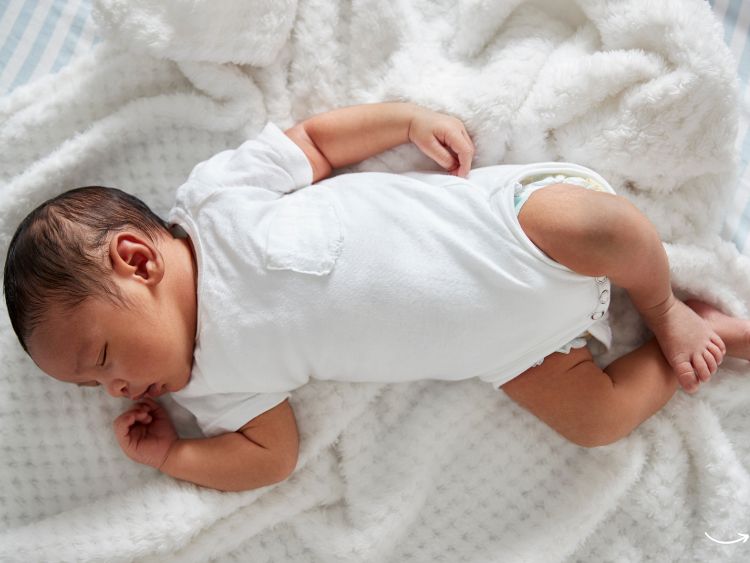Daylight savings time can be a real headache, especially when you have a baby who thrives on routine. Just when you think you’ve got your little one’s sleep schedule down, the clocks change, and everything goes haywire. But don’t worry! With a few simple strategies, you can help your baby adjust to daylight savings time without too much fuss. This guide will provide you with practical tips and tricks to make the transition smoother for you and your baby.
Understanding Daylight Savings Time
Daylight savings time (DST) is when clocks are set forward one hour in the spring and back one hour in the fall. This shift can disrupt sleep patterns for everyone, but babies, in particular, can find it challenging to adapt. Their internal clocks, also known as circadian rhythms, are not as flexible as adults, making the adjustment period longer and sometimes more difficult.
Why Daylight Savings Affects Baby Sleep
Babies are creatures of habit. They thrive on consistency and routine, which helps them feel secure and comfortable. When daylight savings time disrupts their schedule, it can lead to:
- Difficulty falling asleep: The change in time can make it harder for babies to feel sleepy at their usual bedtime.
- Waking up earlier or later: The shift can confuse their internal clocks, leading to irregular wake-up times.
- Napping issues: Disruptions in nighttime sleep can spill over into daytime naps, causing additional challenges.
Preparing for Daylight Savings Time
Preparation is key to making the transition to daylight savings time as smooth as possible for your baby. Here are some steps you can take in the weeks leading up to the change:
Gradual Adjustments
Start adjusting your baby’s schedule gradually. Shift their bedtime and wake-up time by 10-15 minutes earlier or later each day, depending on whether you are moving the clocks forward or back. This gradual adjustment can help their internal clock adapt more smoothly.
Maintain a Consistent Routine
Keep your baby’s bedtime routine consistent. A predictable routine can signal to your baby that it’s time to wind down, helping them feel sleepy even if the clock says otherwise. This routine can include:
- Bath time: A warm bath can be soothing and help prepare your baby for sleep.
- Storytime: Reading a favorite book can be a comforting pre-sleep activity.
- Lullabies: Soft, calming music can create a peaceful environment.
Optimize the Sleep Environment
Make your baby’s sleep environment conducive to rest. Ensure the room is dark, quiet, and cool. Blackout curtains can help block out any remaining daylight or early morning sun. A white noise machine can drown out any external noises that might disrupt sleep.
Strategies for the Day of the Change
When daylight savings time arrives, it’s important to stick to your plan and help your baby adjust to the new schedule. Here are some tips for the day of the change:
Morning Exposure to Natural Light
Expose your baby to natural light in the morning. Natural light is one of the strongest signals for regulating the internal clock. Spend some time outside or open the curtains to let in the sunlight.
Adjust Meal Times
Adjust your baby’s meal times to align with the new schedule. This can help reinforce the new routine and support their internal clock adjustment.
Be Patient and Flexible
Understand that it might take a few days to a week for your baby to fully adjust to the new time. Be patient and flexible with their needs during this transition period. If they seem extra tired, allow for an additional nap or an earlier bedtime.
FAQs About Daylight Savings Baby Sleep
How long will it take for my baby to adjust to daylight savings time?
Most babies will adjust within a week. However, every baby is different, and some may take a little longer. Consistency and patience are key.
Should I wake my baby up at the same time on the day of the change?
Yes, try to wake your baby up at the same time according to the new clock. This helps reinforce the new schedule and aids in adjusting their internal clock.
What if my baby’s naps are affected?
If your baby’s naps are affected, try to maintain their usual nap times as closely as possible. Gradually adjust the nap times if necessary, but avoid letting them nap too close to bedtime.
Can I use melatonin to help my baby adjust?
Melatonin supplements should only be used under the guidance of a pediatrician. It’s best to rely on natural methods, such as adjusting the sleep environment and maintaining a consistent routine.
Summary
Daylight savings time can be a challenging period for both parents and babies. However, with some preparation and a few strategic adjustments, you can help your baby navigate this change smoothly. Gradually adjusting their schedule, maintaining a consistent bedtime routine, and optimizing their sleep environment are key steps. Remember to be patient and flexible as your baby adapts to the new time. With these tips, you’ll be able to minimize disruptions and ensure your baby gets the restful sleep they need.
Authoritative Links
Here are some authoritative sources for more information on daylight savings time and baby sleep:
- https://sleepfoundation.org
- https://healthychildren.org
- https://mayoclinic.org
- https://cdc.gov/sleep
- https://aasm.org
By implementing these strategies and staying informed, you can make the daylight savings transition easier for your baby and yourself.





